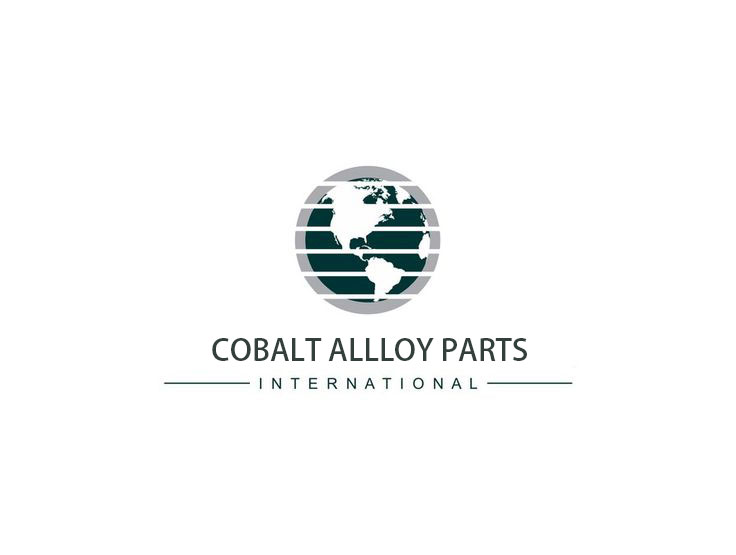
What should be considered when machining cobalt alloys?
2025-06-19 09:00When machining cobalt alloys, numerous key factors are interrelated and collectively influence the quality and efficiency of the machining process.
The cutting tool's material is critically important when machining cobalt alloys. Due to the high hardness of the alloy and cutting temperatures reaching 700–1000°C, conventional cemented carbide tools struggle to perform effectively below 800°C. Instead, tools such as ceramic tools or cubic boron nitride (CBN) tools—which possess high red hardness, strength, toughness, and excellent high-temperature chemical stability—must be selected to address the challenges encountered during machining effectively.
The shape of the cutting edge is also essential. Circular cutting edges with high geometric strength should be prioritized when machine power and process system rigidity permit. However, circular cutting edges cannot achieve full clearance when machining workpieces with right-angle stepped cylindrical surfaces. In such cases, C-type cutting edges with an 80° cutting edge angle or other appropriately shaped cutting edges come into play.
Cobalt alloys' thermal and electrical conductivity characteristics also require special attention. Due to their low thermal conductivity, temperature control is critical during thermal processing; overheating can degrade alloy performance. Additionally, at room temperature, their electrical conductivity is only 1%–2% that of copper, making them poor conductors. Current damage to the alloy must be avoided during processing.
Corrosion resistance is another factor to consider during processing. While cobalt alloys exhibit strong corrosion resistance in nitric acid and acetic acid solutions, some alloys may be corroded in sulfuric acid solutions. Therefore, selecting appropriate cutting fluids and implementing protective measures to prevent alloy corrosion is essential.
Control of process parameters is the core to ensuring processing quality and tool life. Parameters such as cutting speed, feed rate, and cutting depth must be strictly controlled, while proper lubrication and cooling during processing must be maintained to reduce cutting heat and cutting force, thereby improving processing efficiency and surface quality. Only by comprehensively considering and properly addressing these aspects can optimal results be achieved in cobalt alloy processing.
